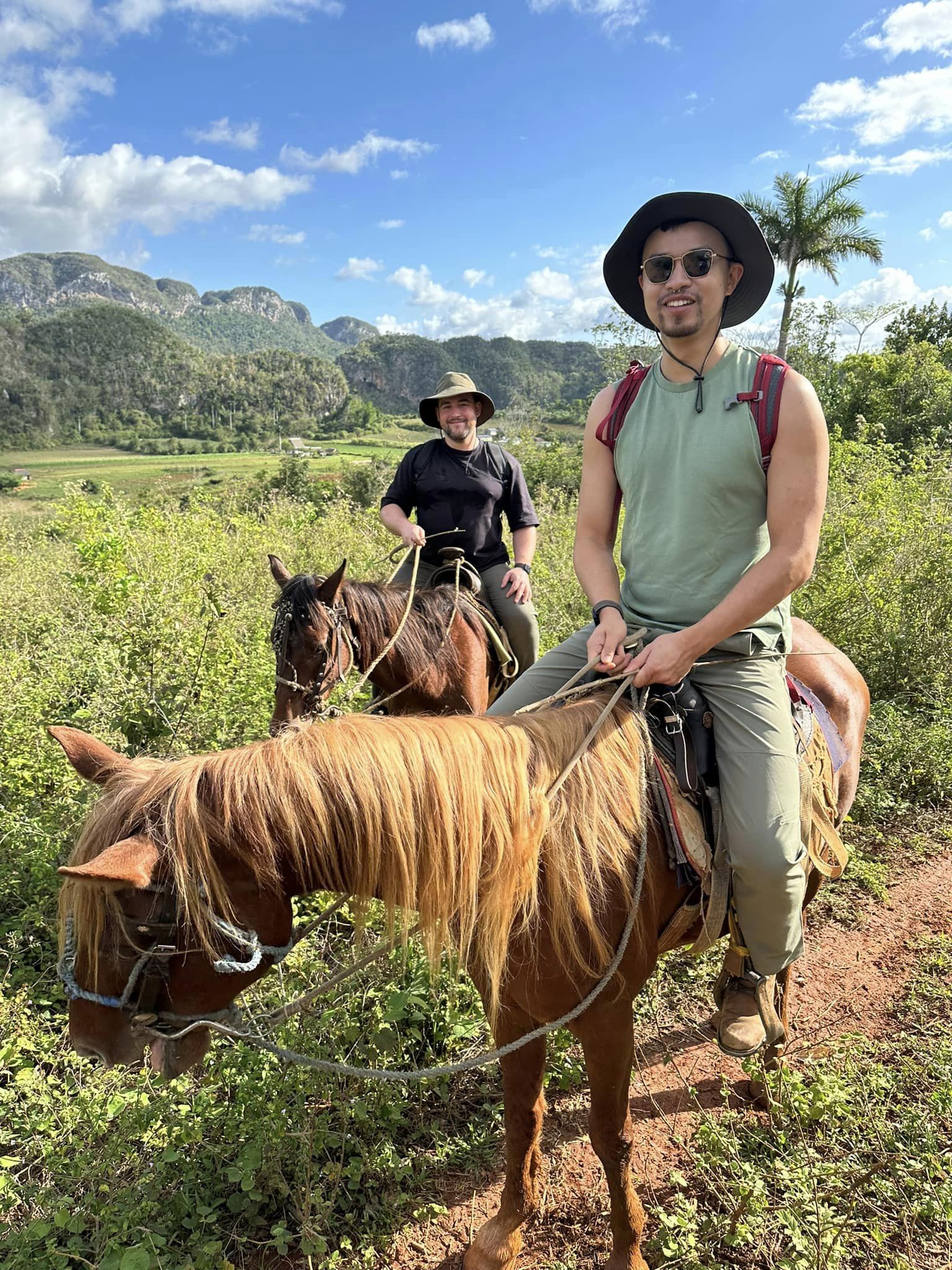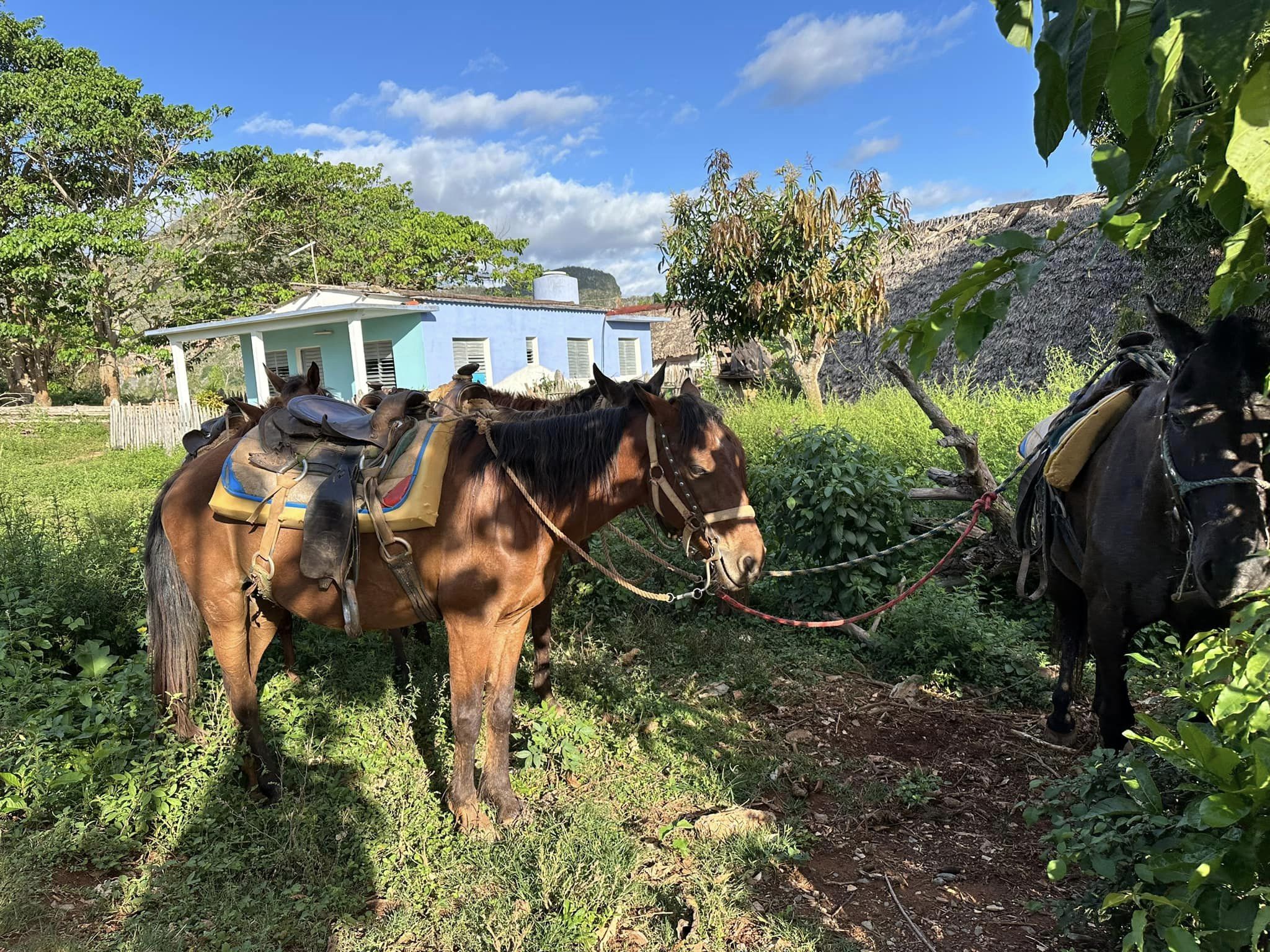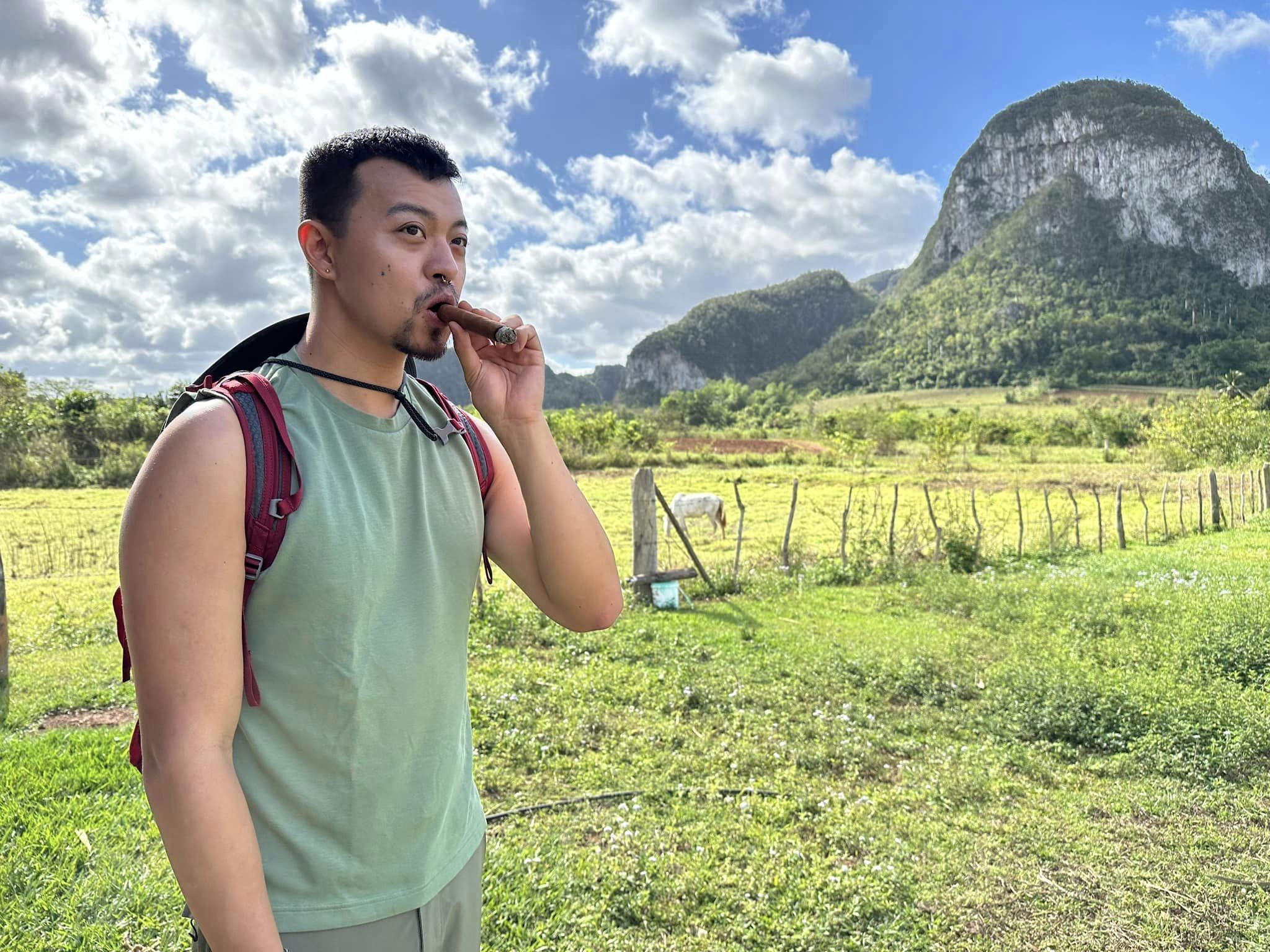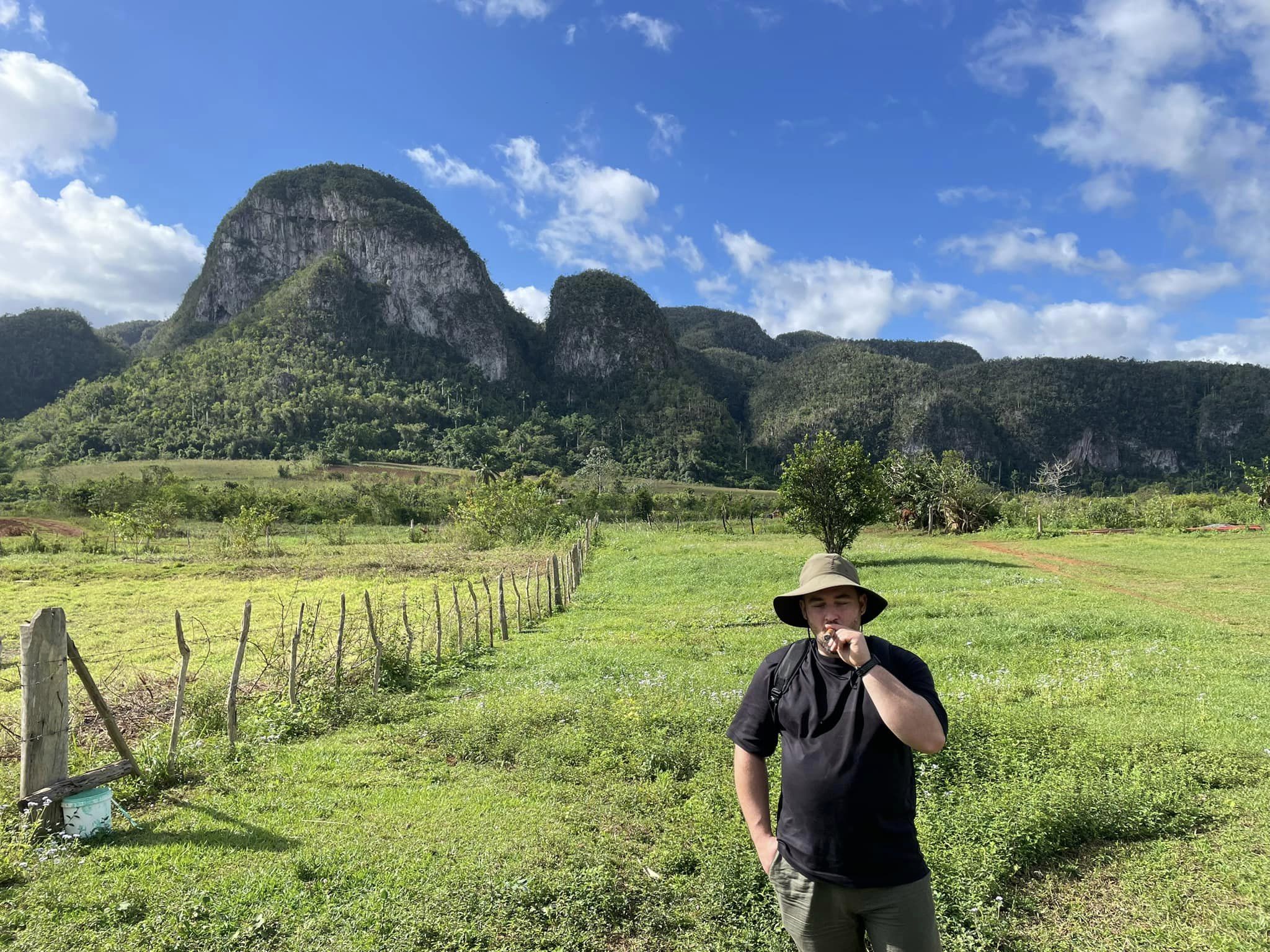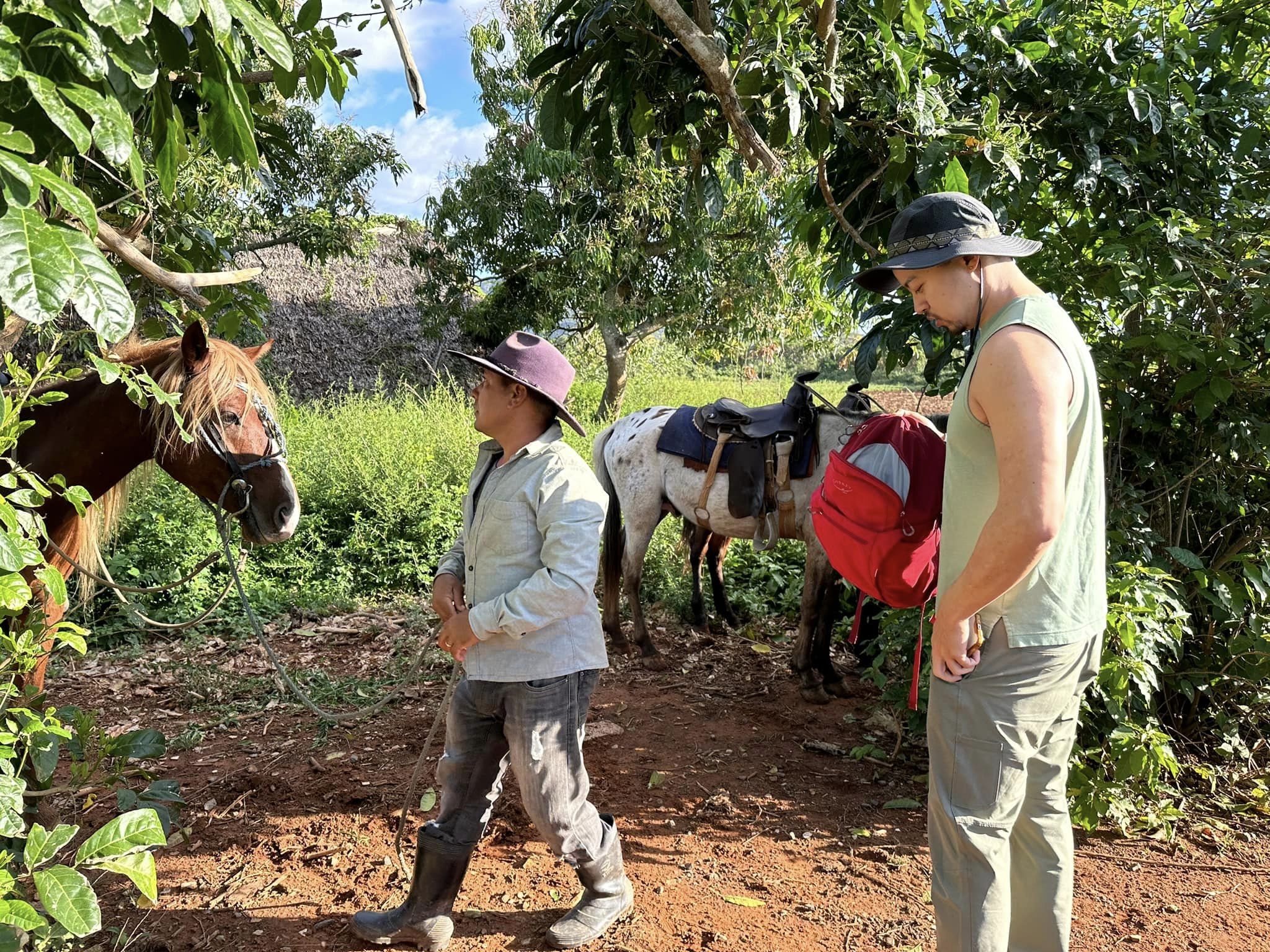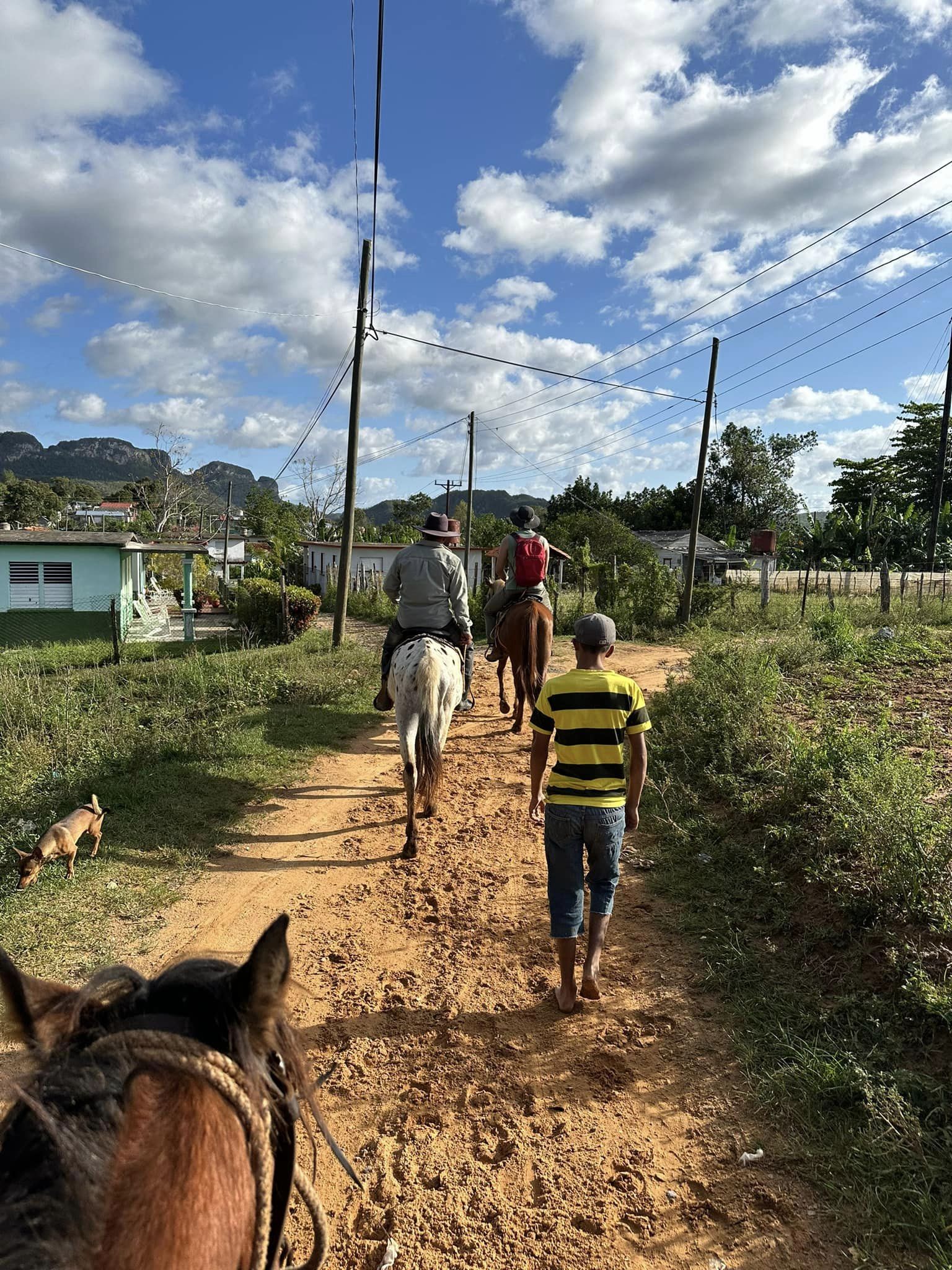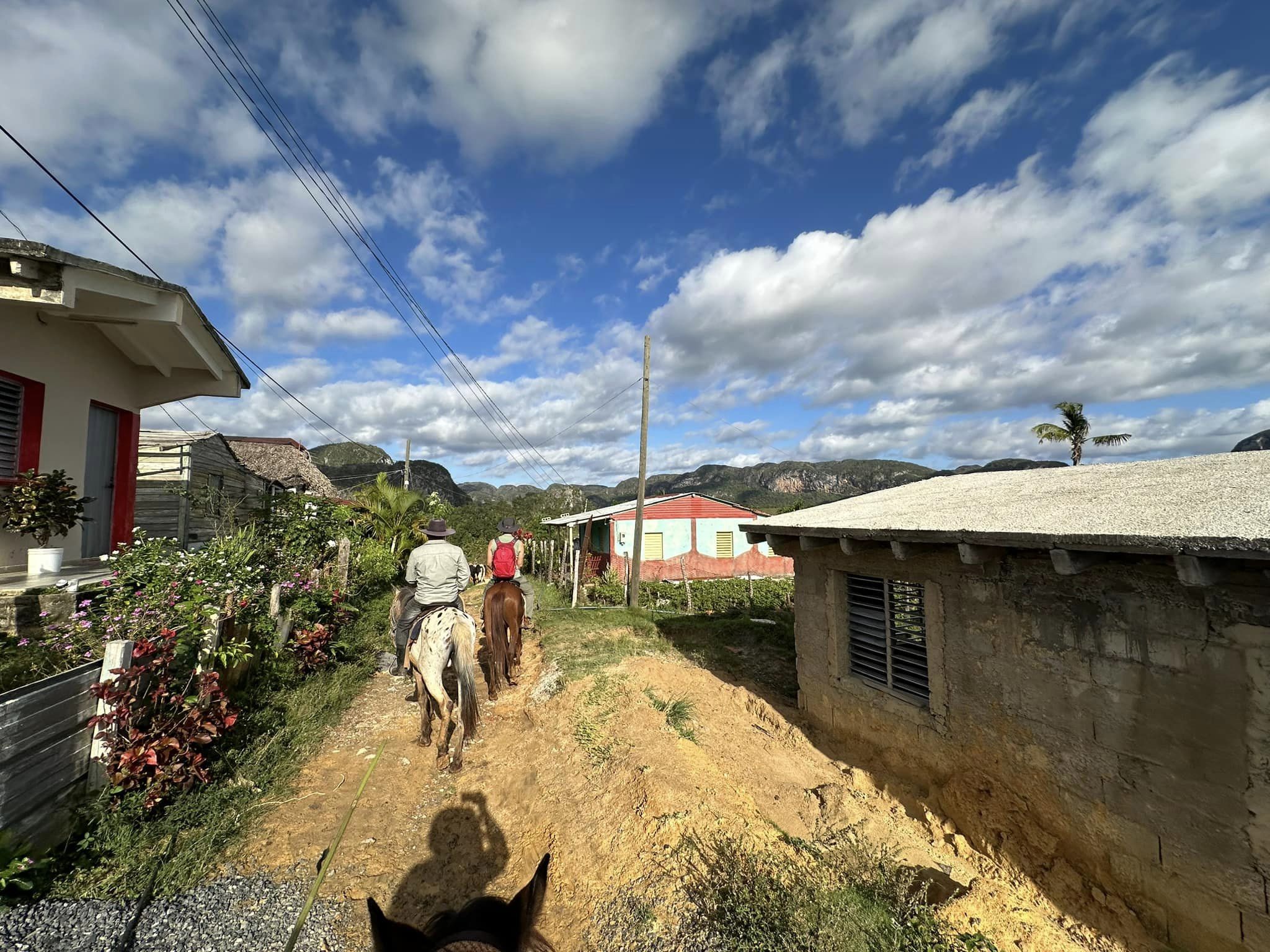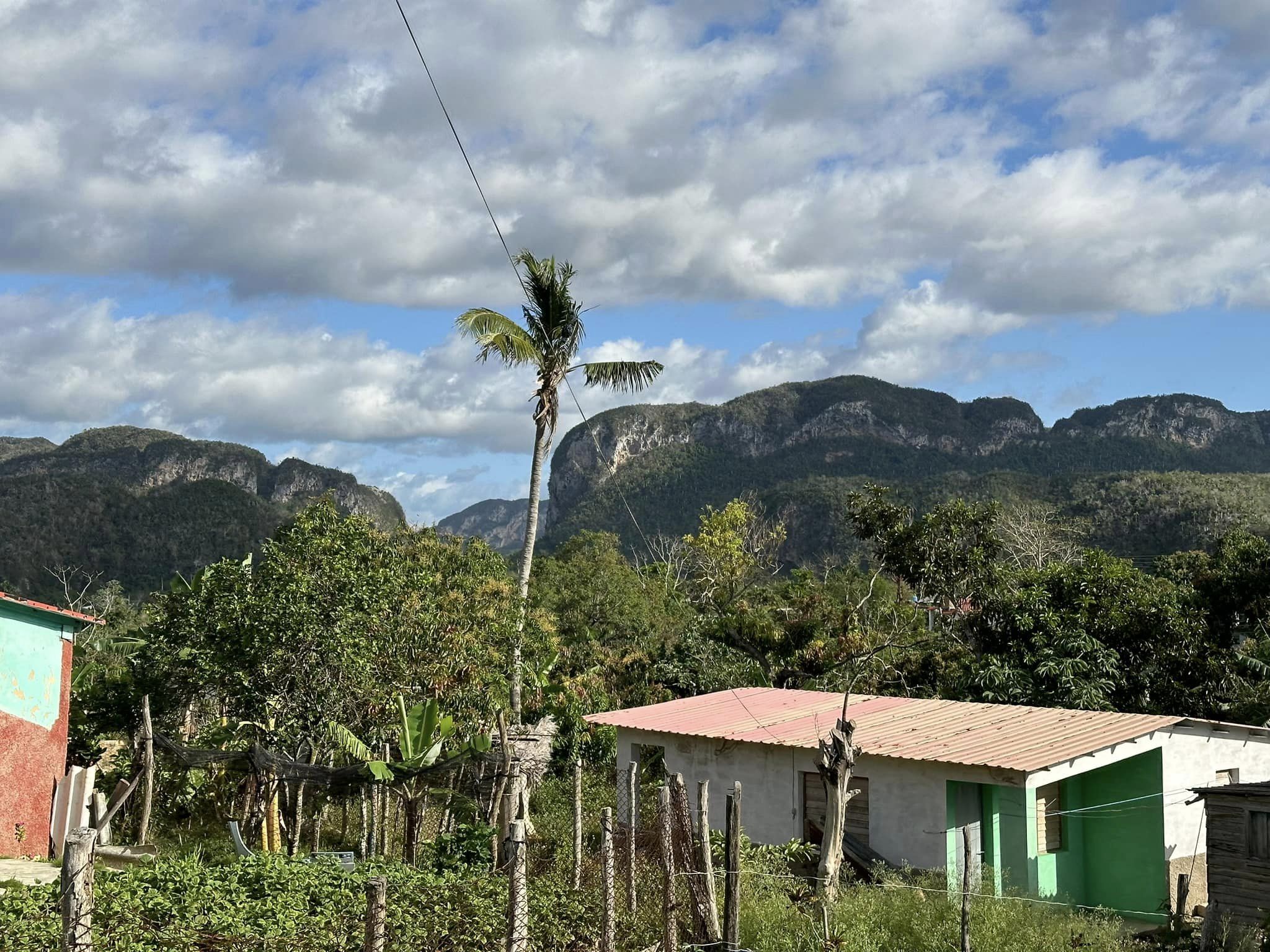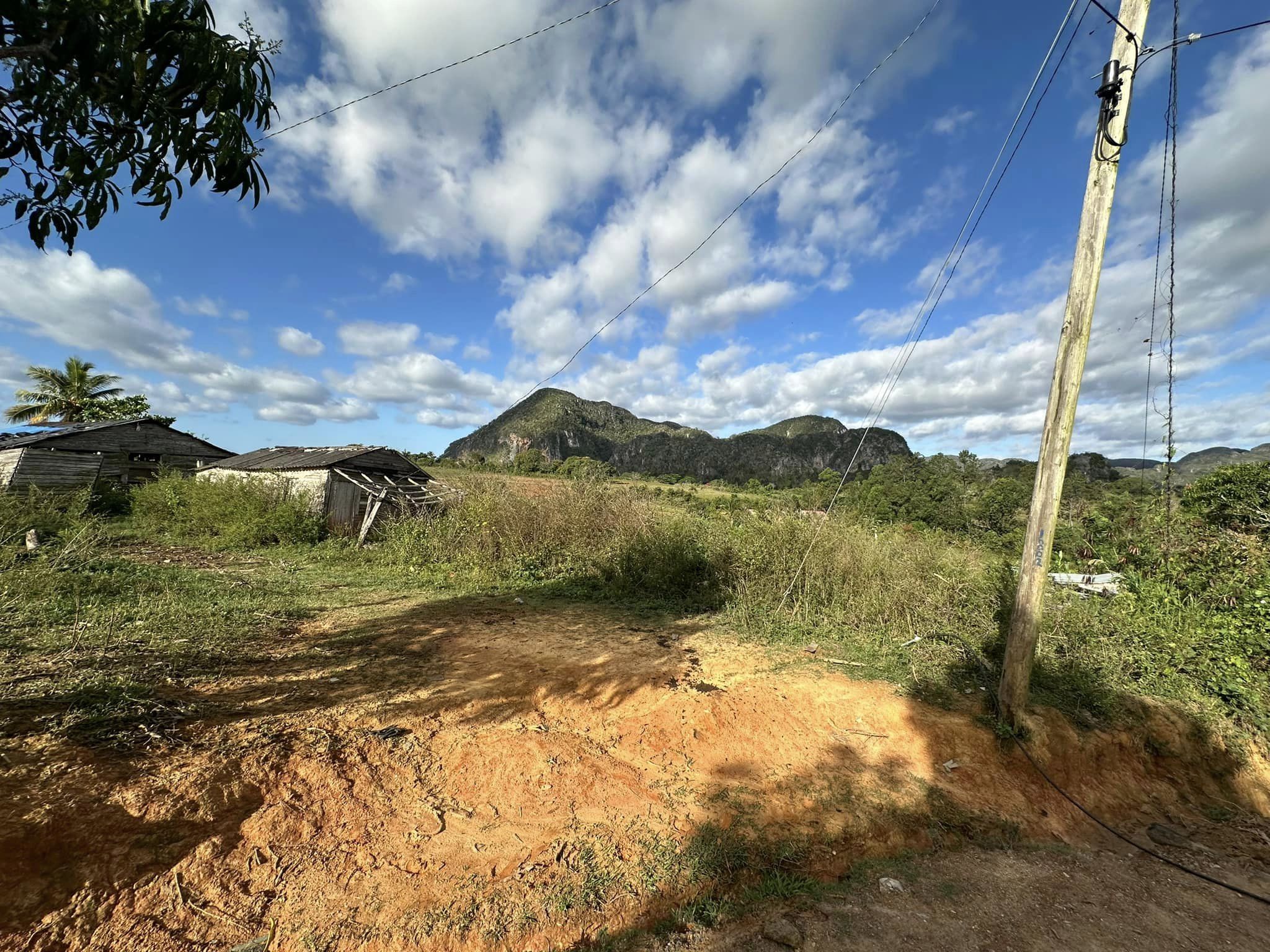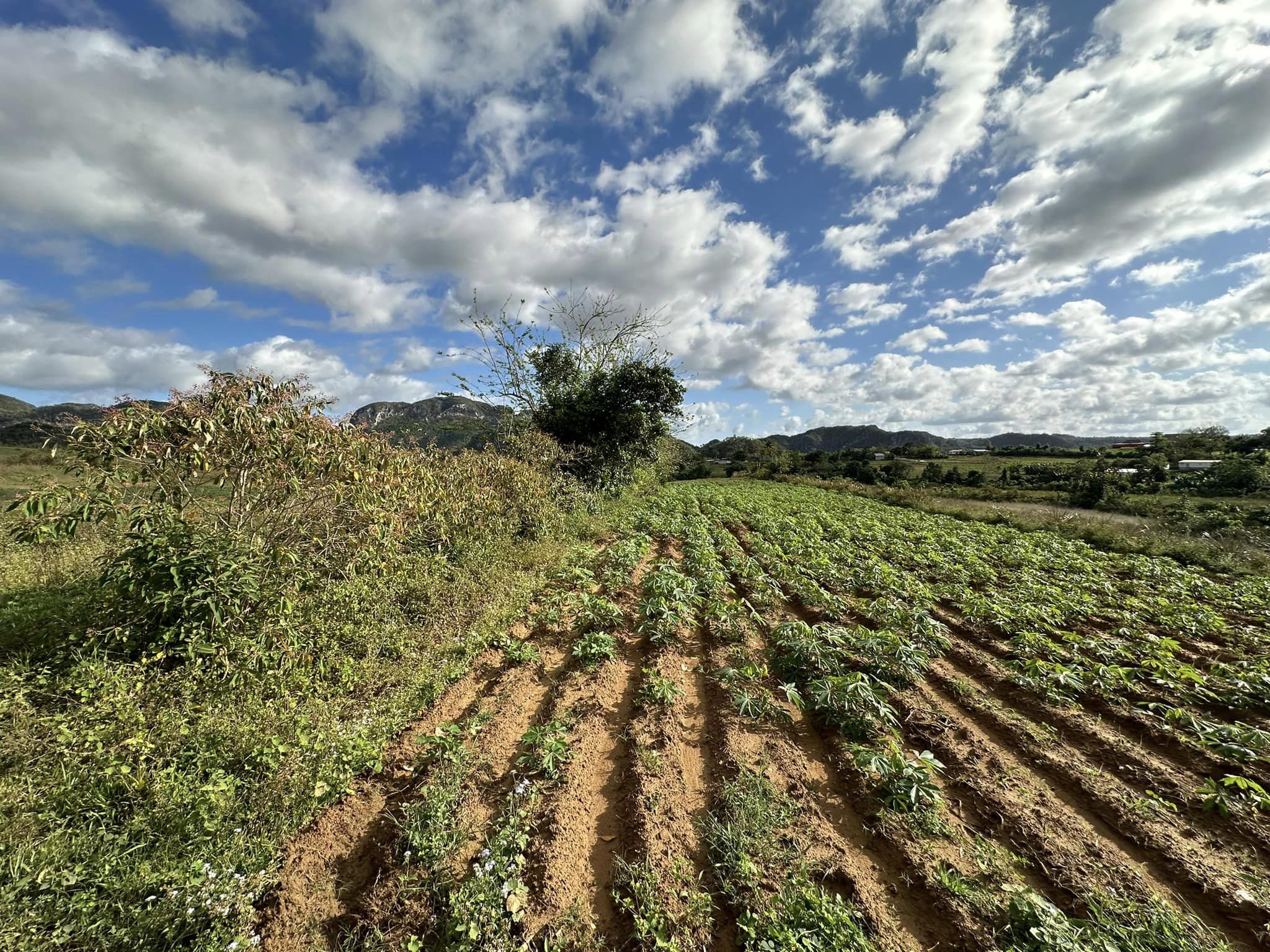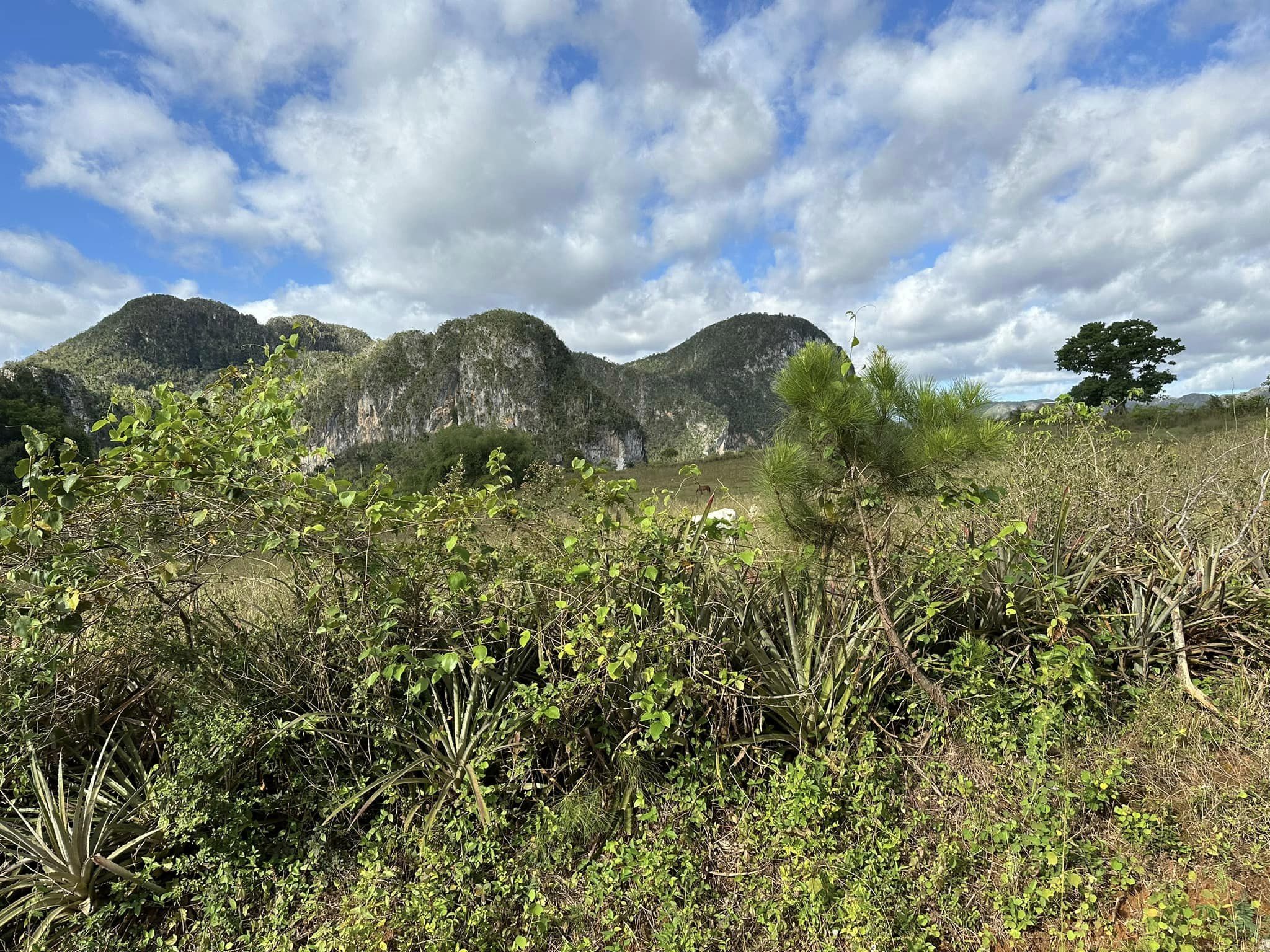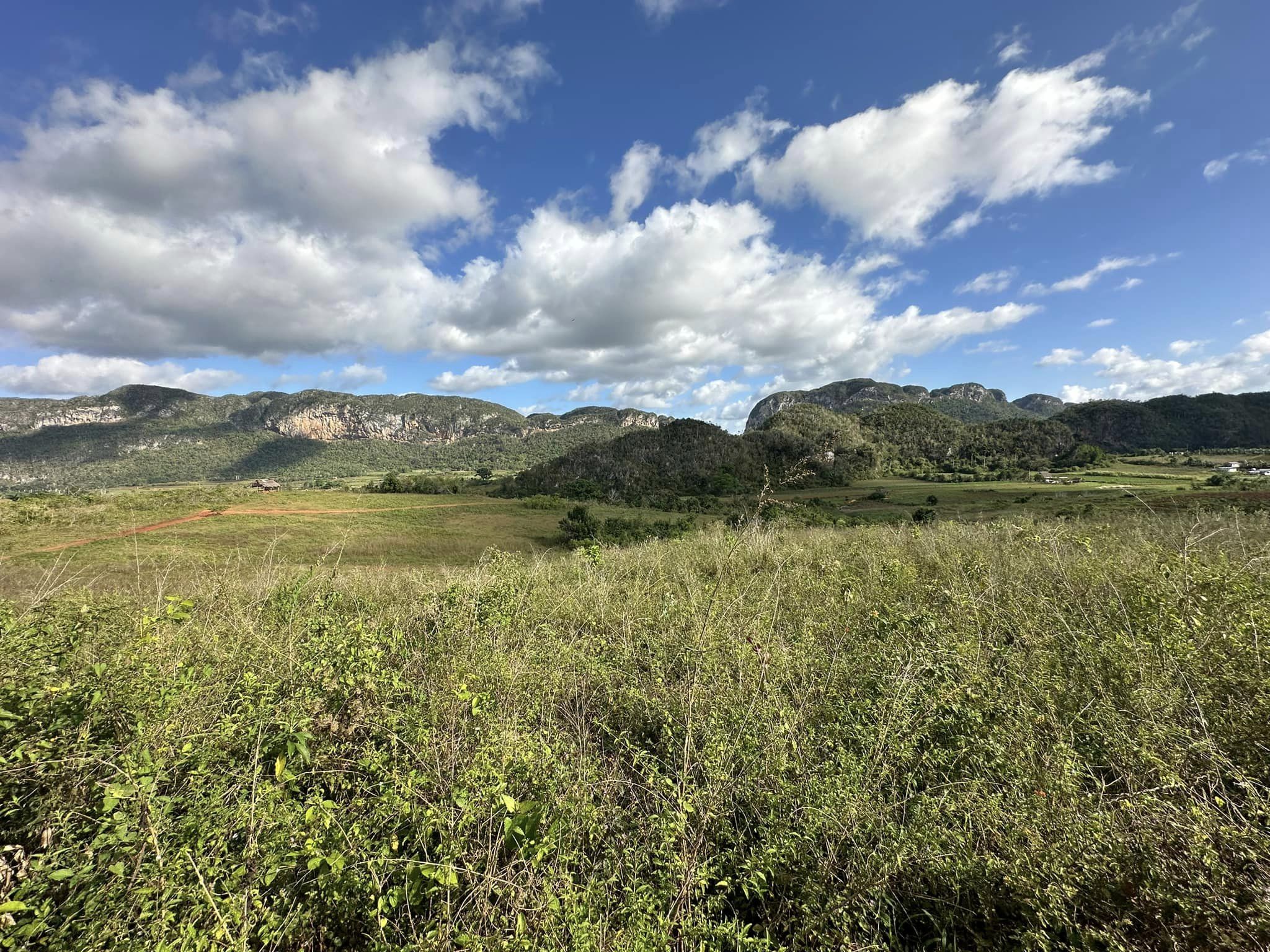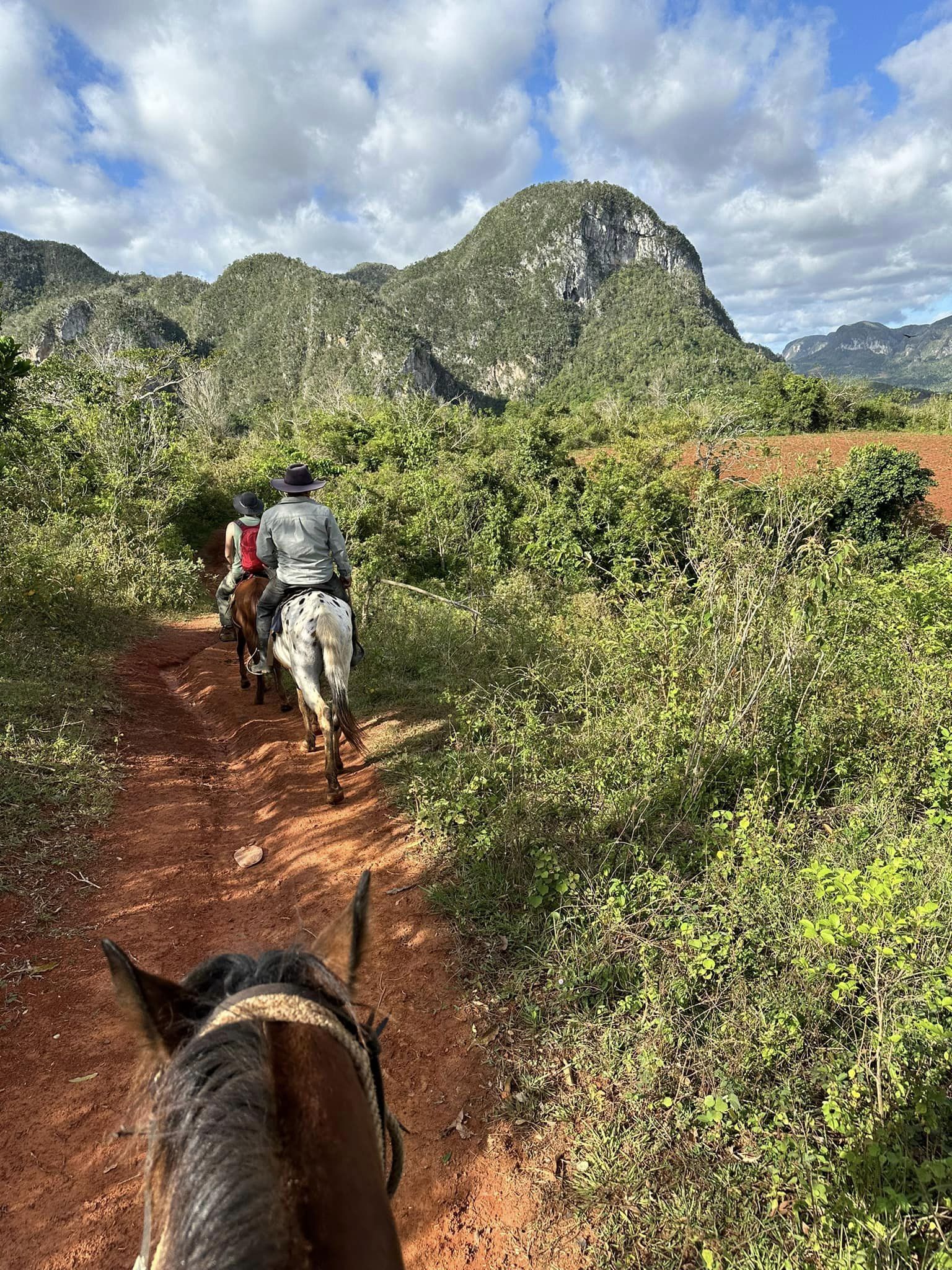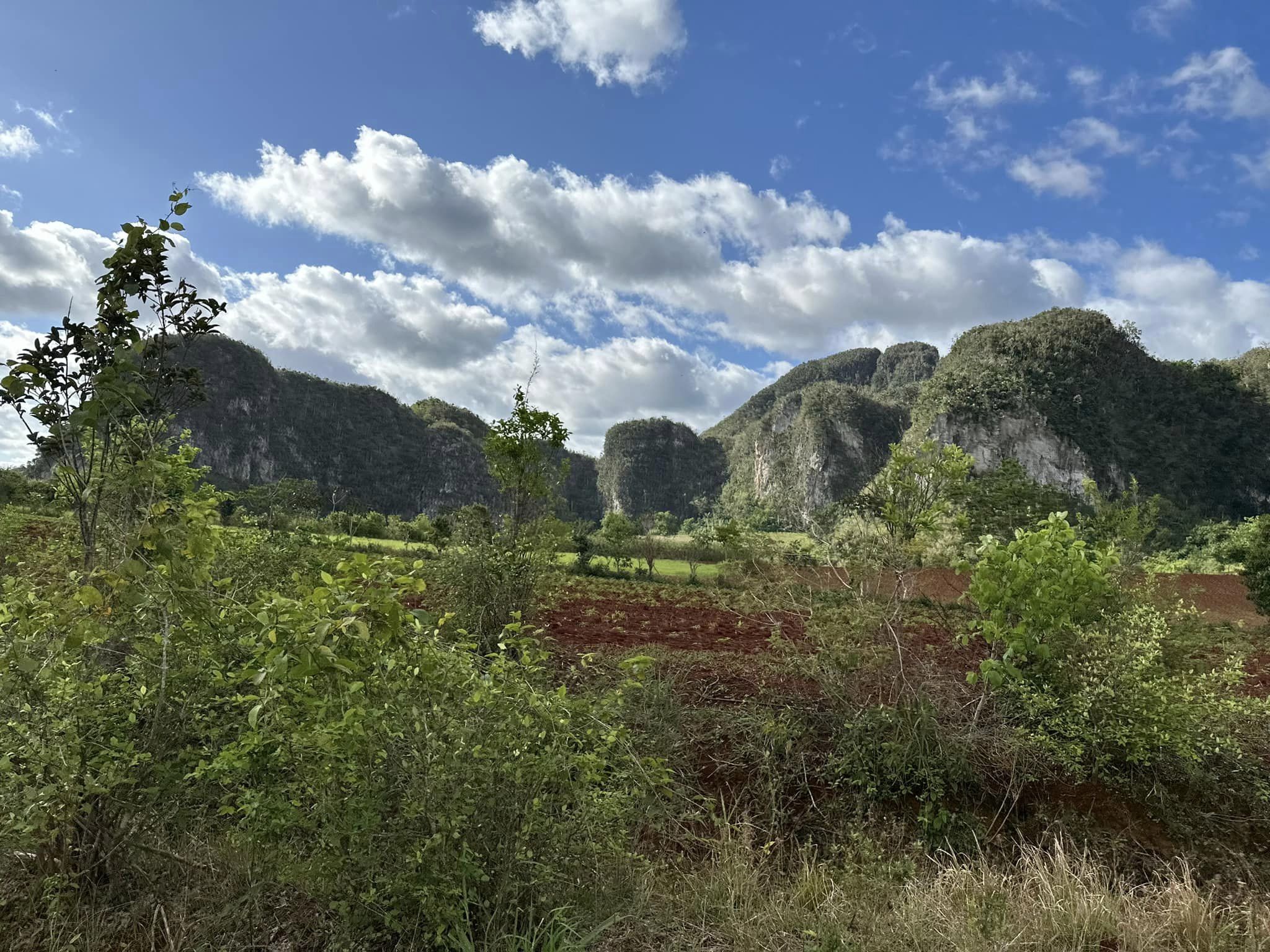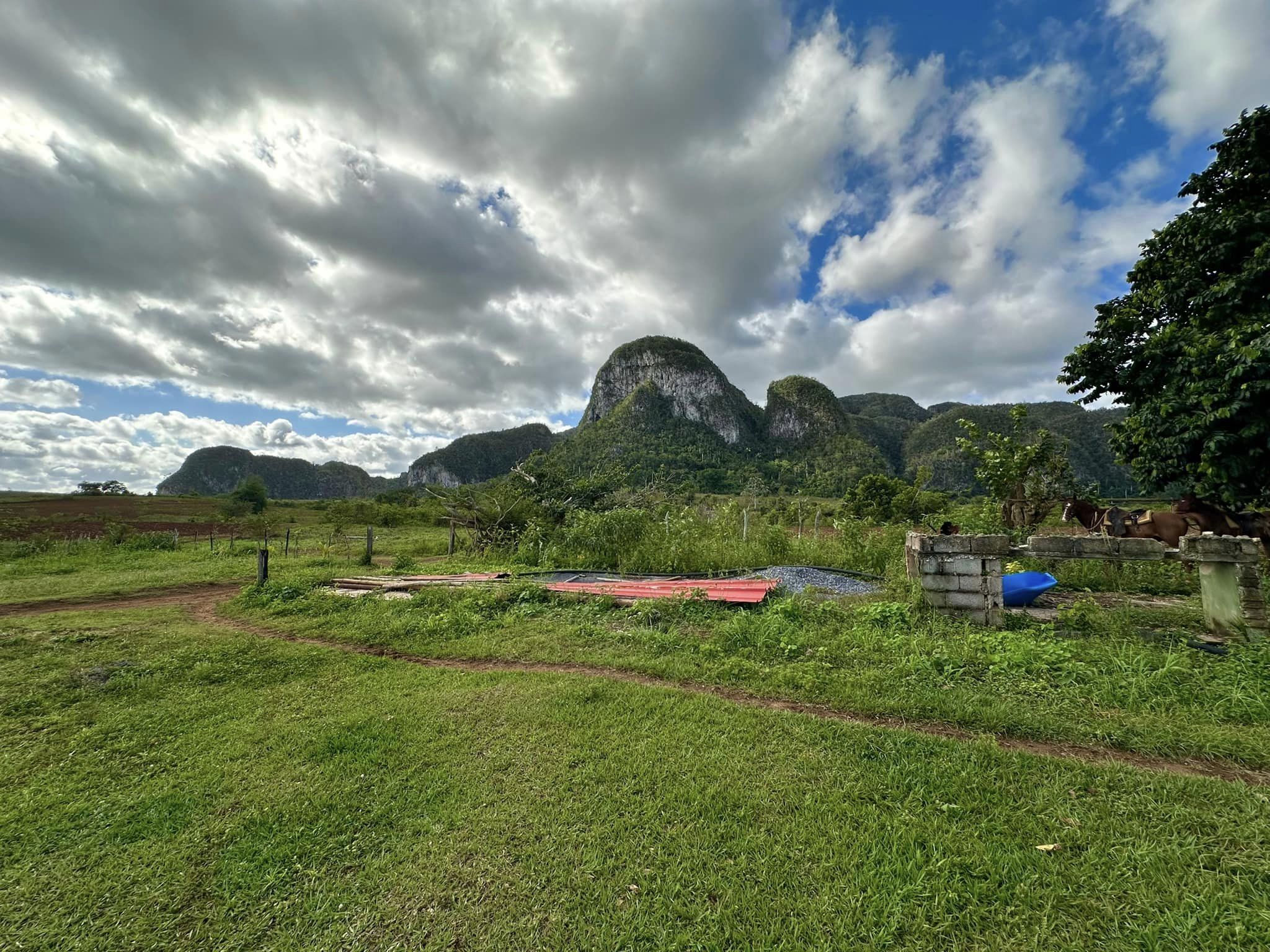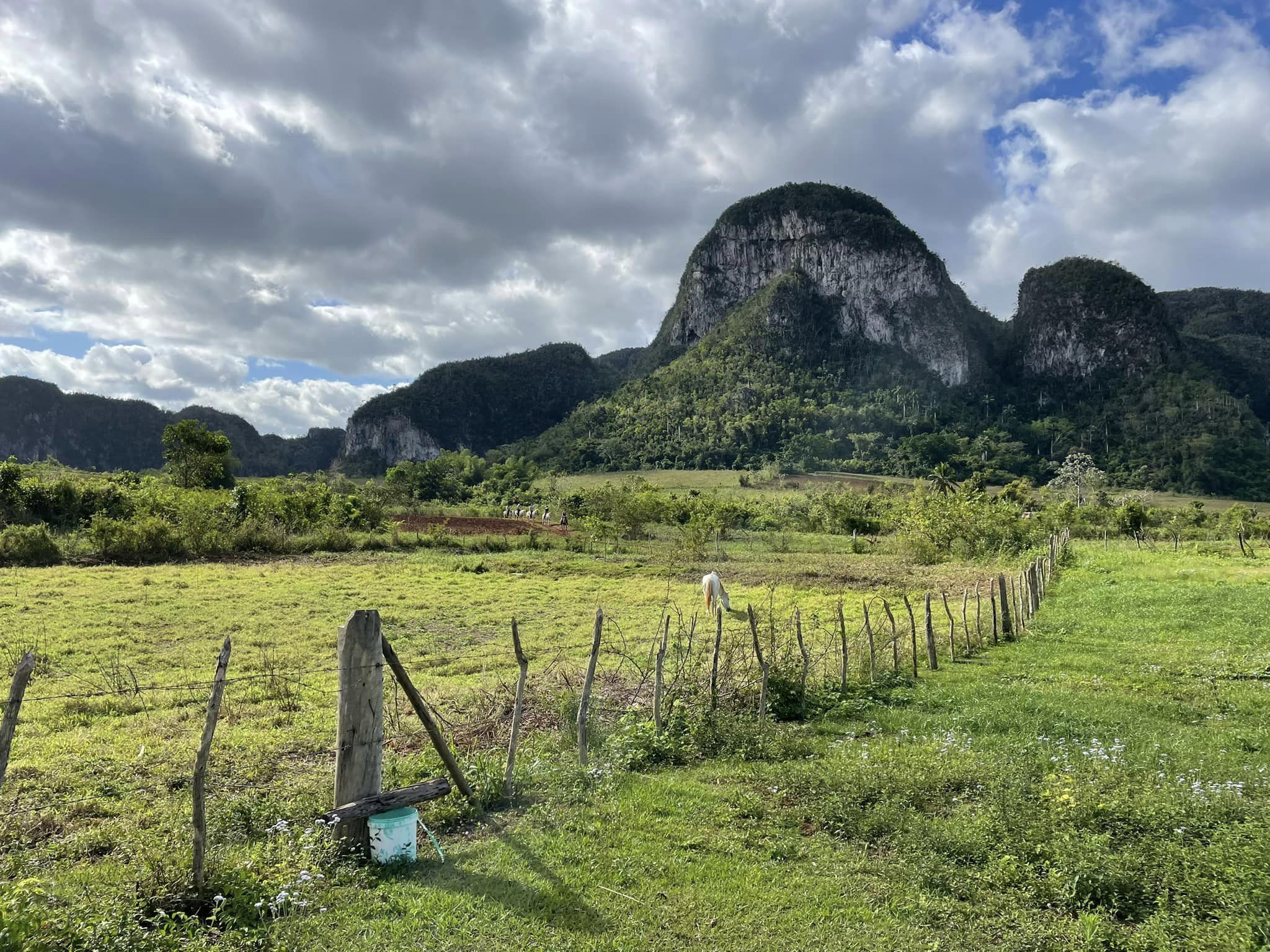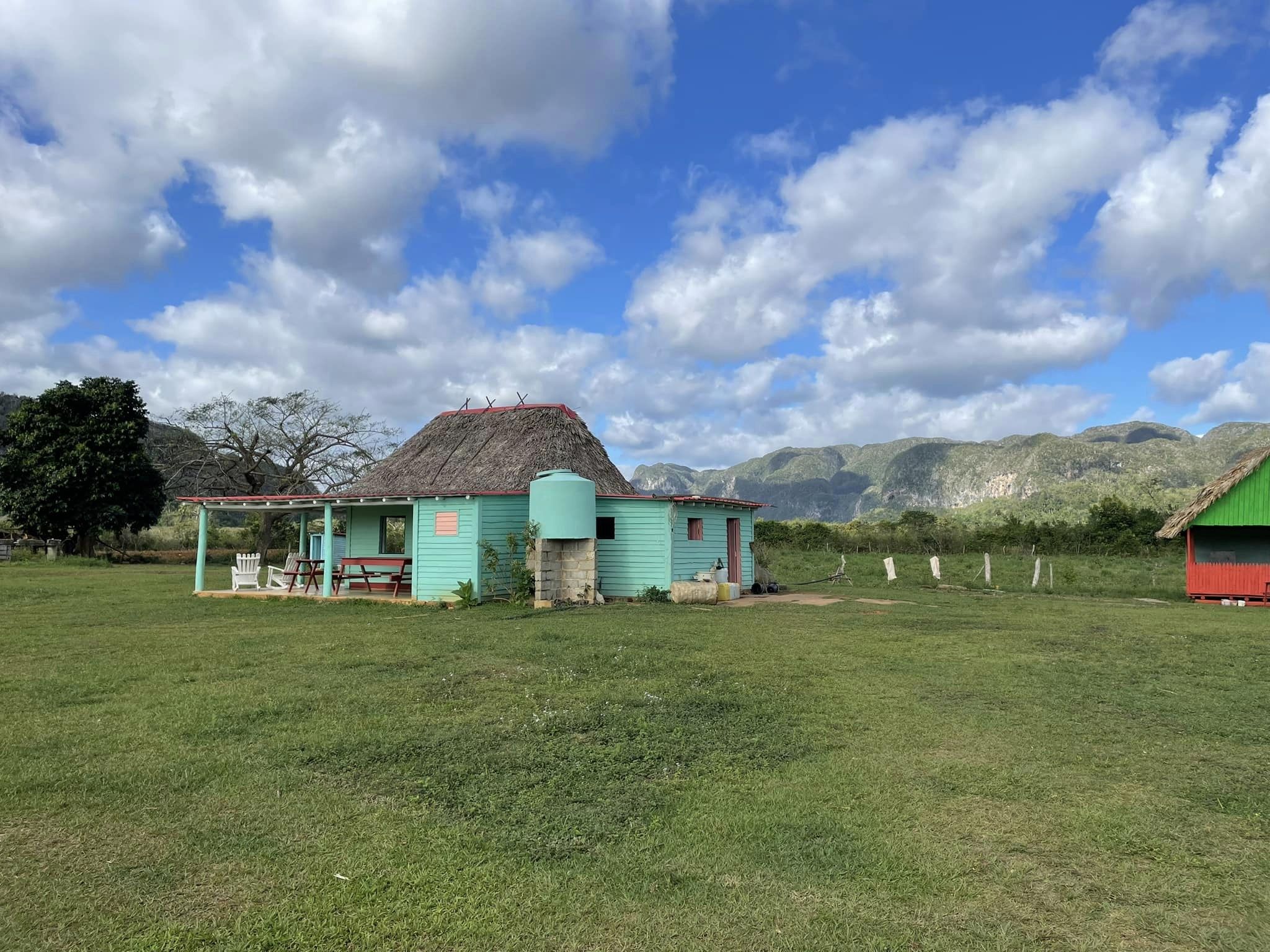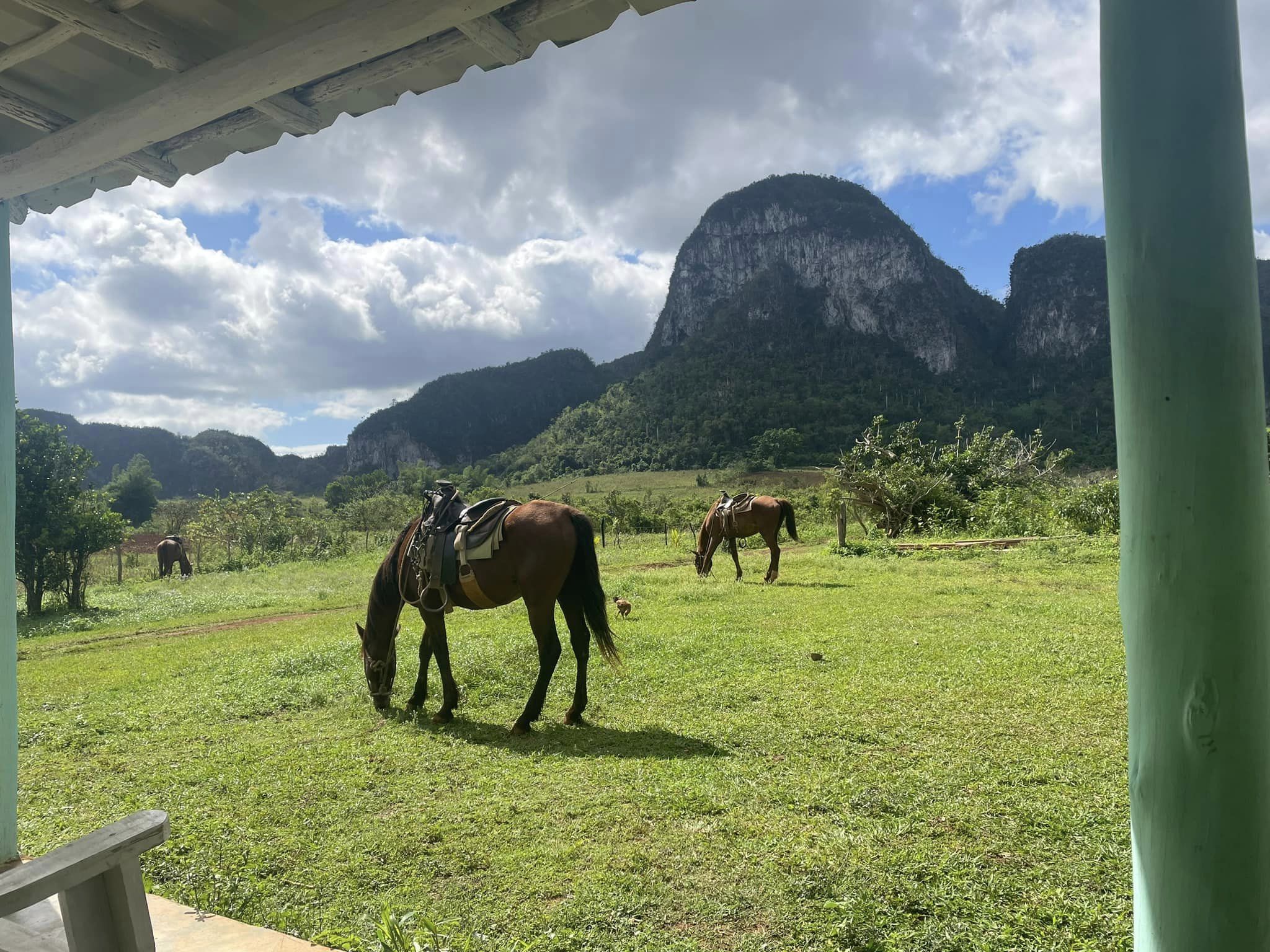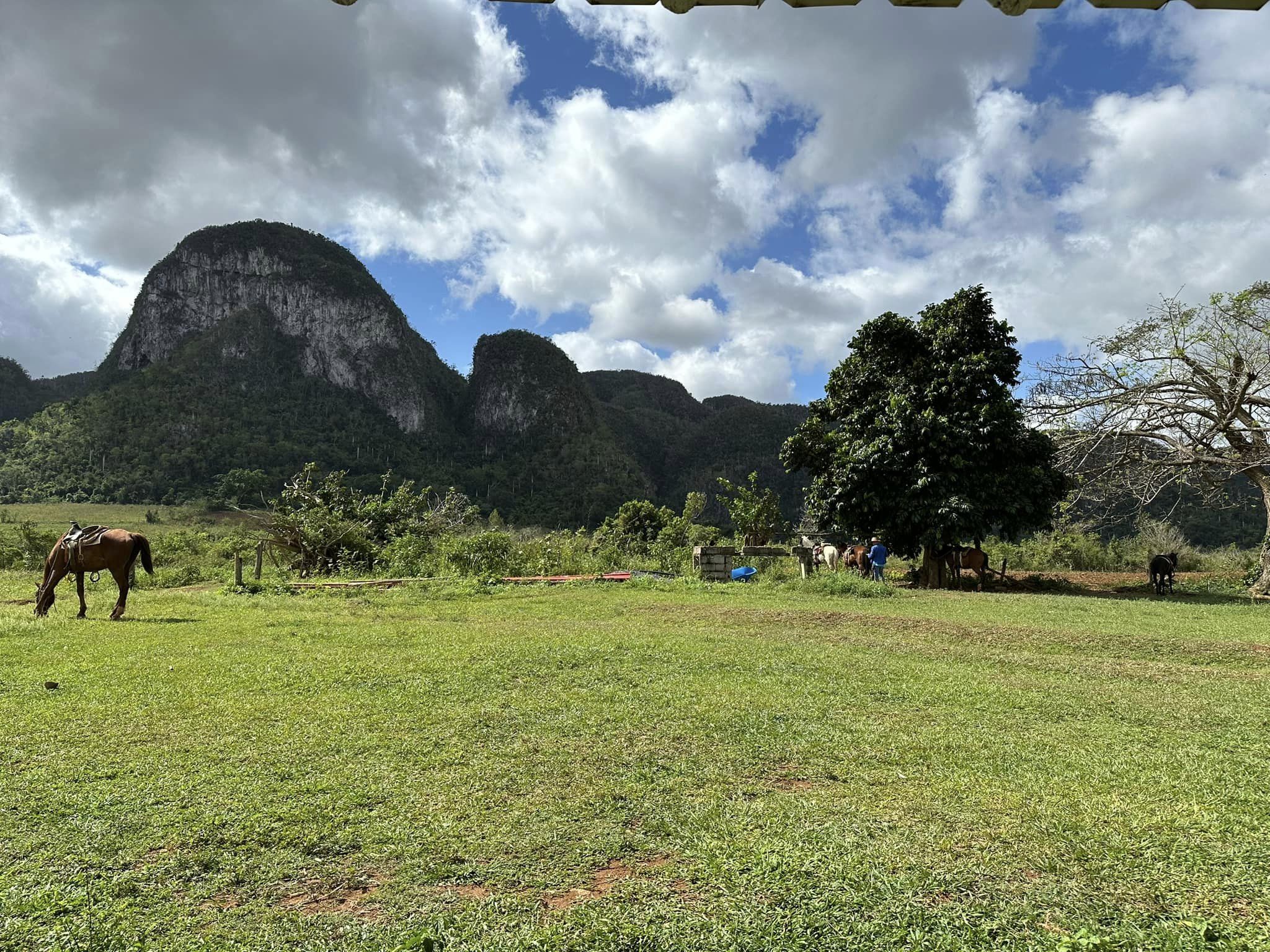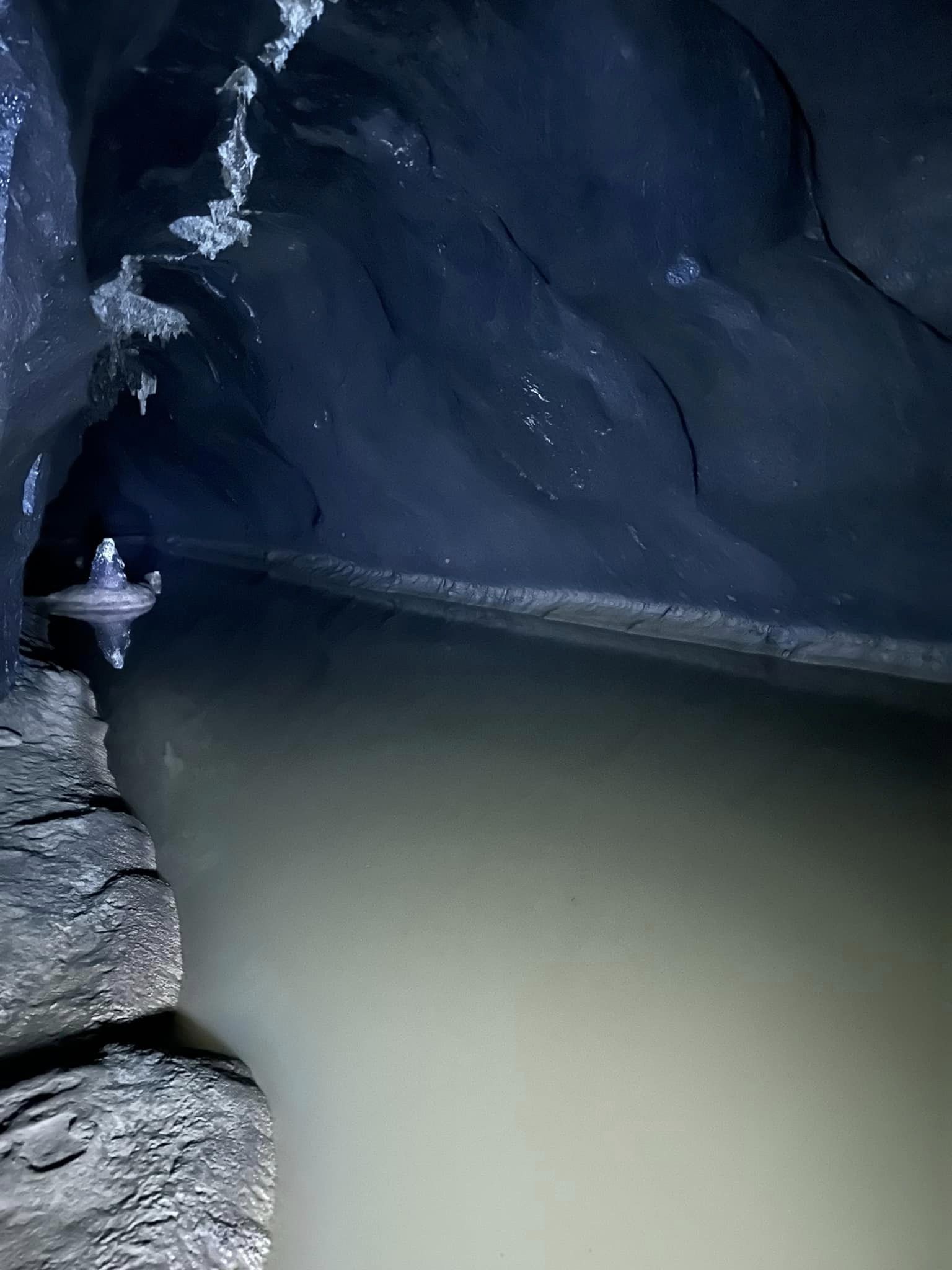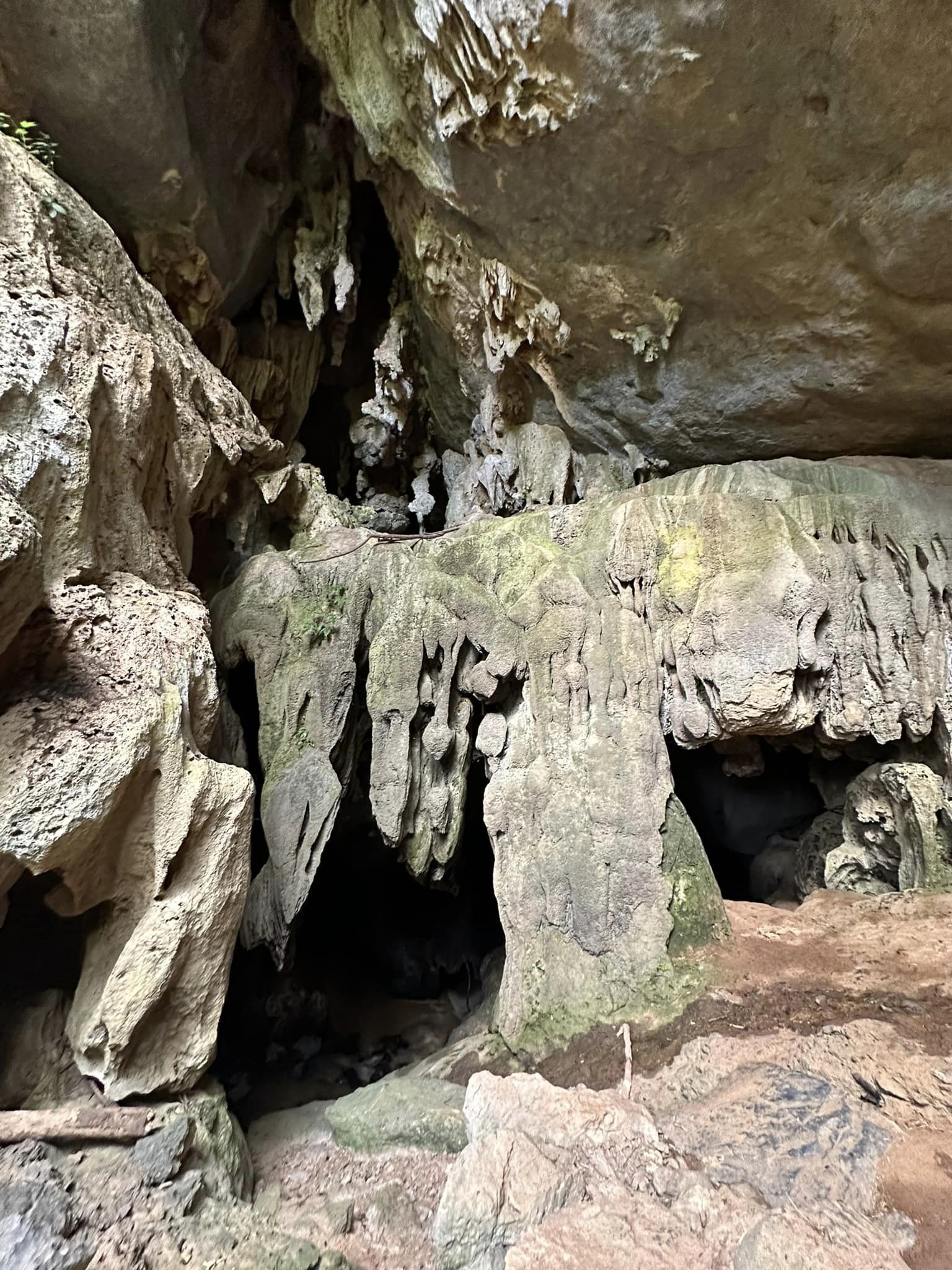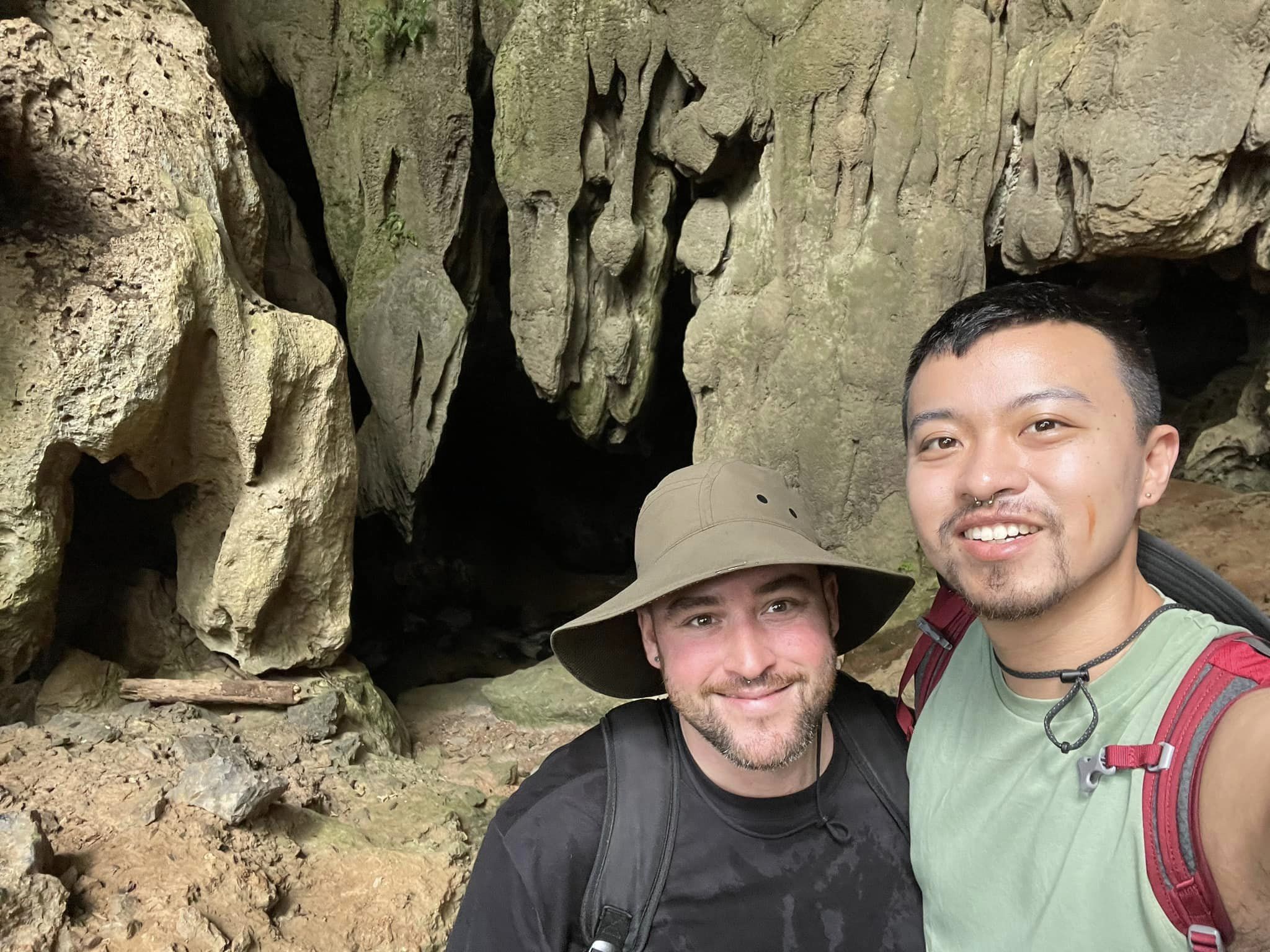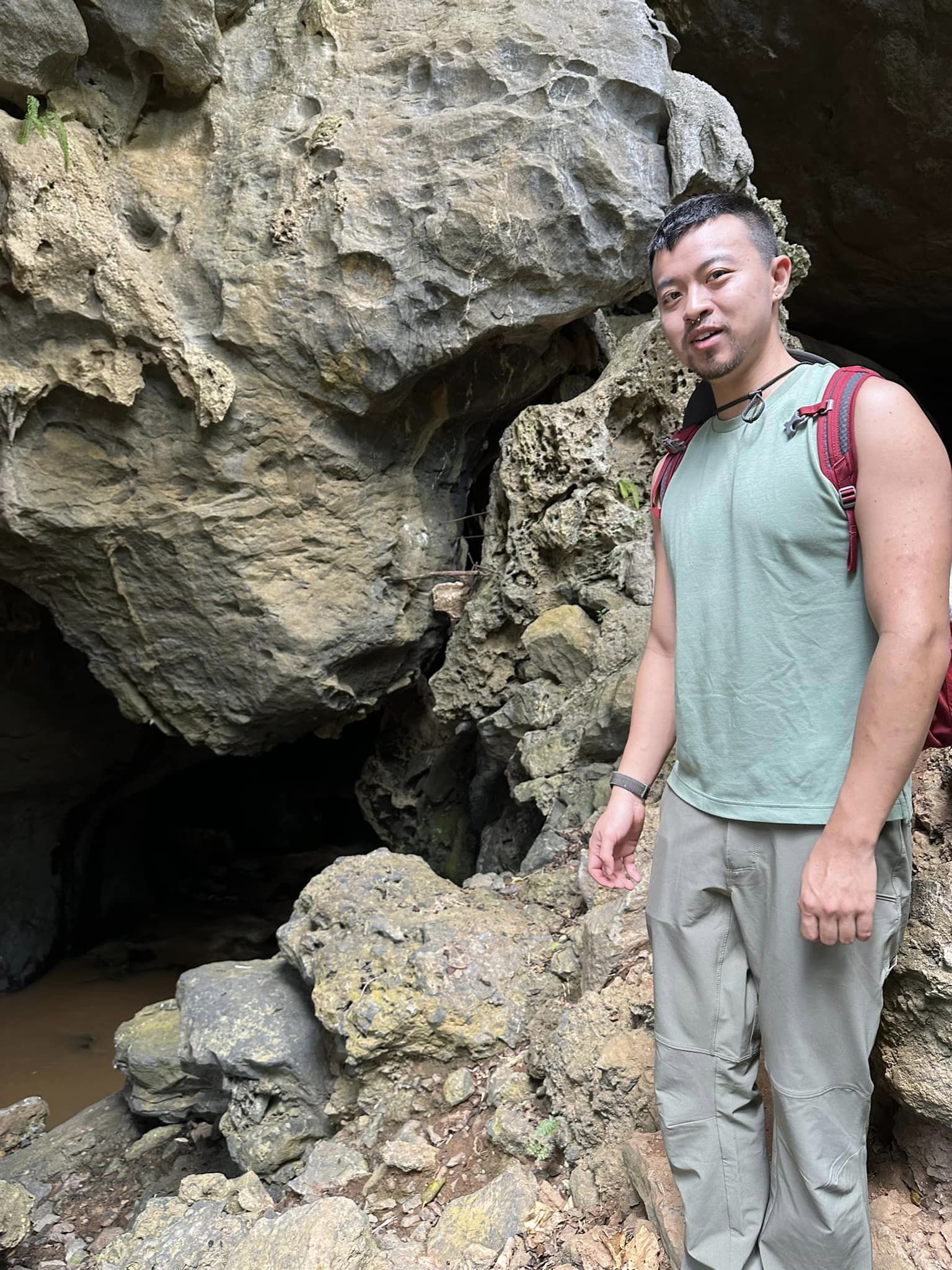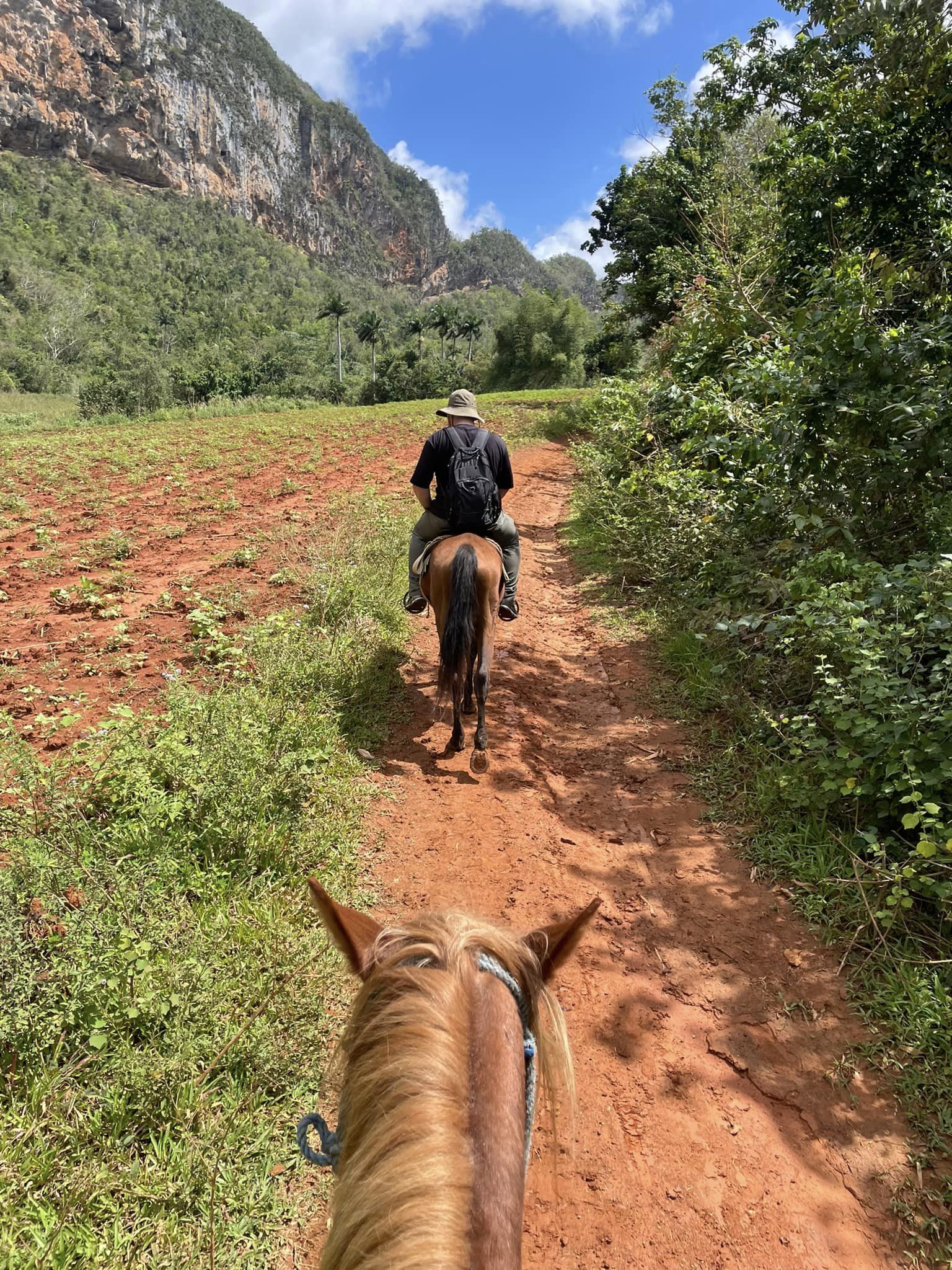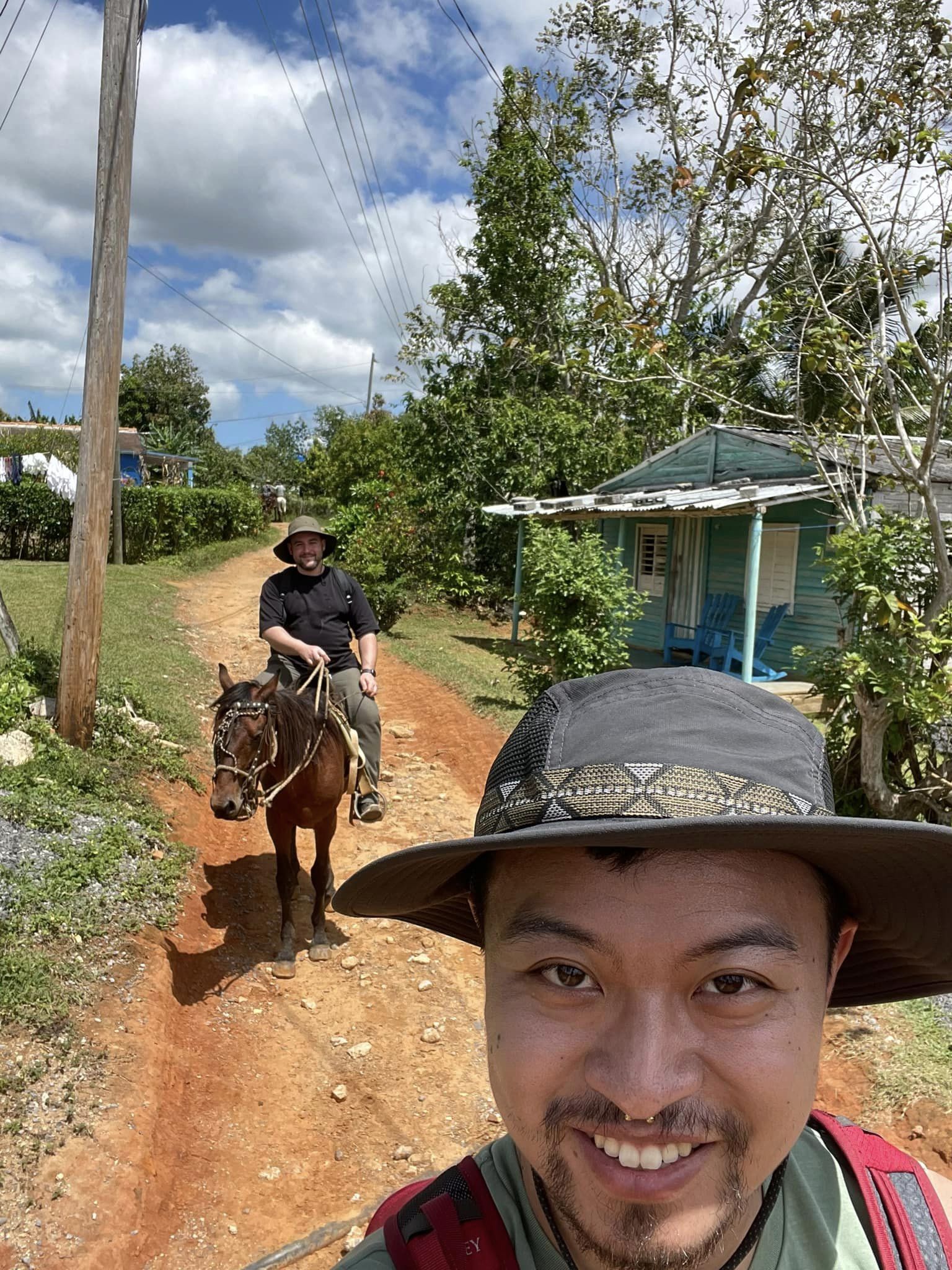2024-03-24: Horseback Riding
Author: Rob
Our two days in Viñales has been nothing short of idyllic. While there are a number of outdoor nature experiences to have in Viñales, the two experiences that we prioritized were a horseback excursion and a trip to a nearby cayo (key island) for the beach. Monday looked to be the better day for beach weather, so on Saturday evening we asked our hosts to arrange a horseback tour for us on Sunday morning.
Casas Particulares hosts are a crucial resource when traveling in Cuba. In Havana our hosts exchanged our USD into Cuban pesos for us- at roughly 3X the rate we would have gotten from the official government exchange facilities. The Cuban peso is so unstable that most people prefer dollars or euros and are happy to get them.
In addition to exchanging money your casa host will also provide a lovely breakfast for ~$5 each, help you find rides to other cities, and help you book experiences.
Our horseback excursion started with a guide meeting us at our Airbnb and leading us to a small corral on the edge of town. Here we each got a horse- David’s was called “Chulo” (pimp), and mine “Mojito”. As the guide got us onto the horses he handed us each a small branch and said “Gasolina!” with a smirk.
While I grew up riding plenty of horses at my family’s ranch, I haven’t been on horseback since I was a teenager. These horses were docile to the point of being lazy, so I felt at home instantly. David, who had only ever ridden a horse once before was less so.
As we set out on the excursion the small houses on the edge of town faded away and ceded to fields of rich red soil planted with yucca, sweet potatoes, and tobacco. The defining feature of Viñales are the “mogotes”, large limestone plateaus springing up all around and amidst the valley. They’re often referred to as appearing prehistoric or “like Jurassic Park” and I really can’t think of a better way to describe them.
A striking feature of the Viñales countryside is its vibrant color. They aren’t the flashy tones of urban and suburban Mexico, but rich tones of earth and vegetation turned up to the max. David described it as if “someone turned the saturation way up”.
After passing along various fields, hedges of wild flowers, and plenty of oxen out to graze we arrived at our first stop, a tobacco farm where tobacco for cigars is grown. Here a third generation tobacco farm walked us through how tobacco is grown, harvested, processed, and rolled into cigars, all while we puffed on a hand rolled cigar that he gave us upon arrival.
This was a very interesting experience, and it deserves its own post, so I’ll wait to provide the details there. In addition to tobacco he also had coffee grown on the mogotes surrounding the valley, honey made by tropical bees that gather nectar from the tobacco blossoms, and aged rum made from guava fruit. We sampled and purchased some of everything.
After cigars, rum, and freshly roasted coffee we got back on our horses and proceeded to a “cueva”, a limestone cave set into the side of a mogote. Here an old man with a flashlight guided us through the cave, pointing out various stalagmites and stalactites along the way. The cave ended in a pool that we were told we could swim in. He assured us that the water was clean and only murky because of the rain the day before, but regardless we decided to pass on swimming.
By now it was past noon and we headed back to town. All told the horse excursion took about 4.5 hours, and despite our hearty breakfast prepared by our hosts we were famished and ready for lunch.
We took it easy for the rest of the day, relaxing at our casa and enjoying the rooftop swimming pool, playing games, reading, and resting. We were both a little in shock and awe at the morning’s adventure. At one point David even said “Is this real?” Indeed the landscape is beautifully and stunningly surreal, and the experience personal and human in a way most tourist traps aren’t.
